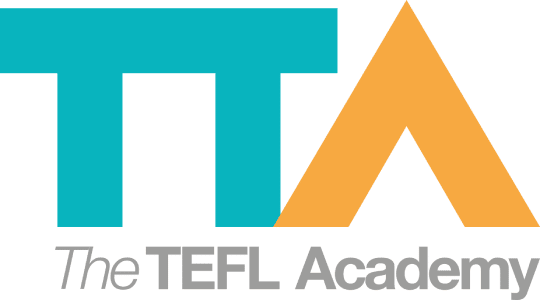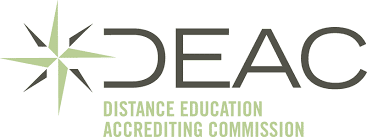From Teacher-Centred To Learner-Centred: Transforming Your Classroom For Success
Join a global community of over 200,000 TEFL teachers working throughout the world! Enrol me!
The traditional idea of teaching usually involves the teacher standing at the front of the classroom and the students sitting in rows, quietly listening to the teacher. This is a teacher-centred approach to teaching. It’s in stark contrast to a learner-centred (or student-centred) approach.
An EFL classroom is quite different. An EFL classroom is infinitely more learner-centred.
What is a learner-centred approach to teaching?
TEFL teachers use student-centred approaches and teaching methods. We focus on activities which include the active participation of our students. We no longer believe that our students are “blank slates”. We understand they have lives outside the classroom – beliefs, ideas, opinions, knowledge – and we use that in the classroom to build their language skills.

Why is learner-centred teaching important?
Teaching methods have evolved and developed over the years. Eventually, it was realised that for lessons to be more effective and the content more memorable, students need to be more involved. They need to be responsible for their learning. So EFL classrooms strive to be more learner-centred.
The benefits of student-centred teaching are many.
- Research has shown that the more engaged the learners are, the better their retention.
- Because the teacher is more of a coach or a guide than a lecturer, the focus of the lesson is on both the teacher and the learners. It balances the power in the classroom.
- A learner-centred approach fosters creativity and collaboration.
- A student-centred approach involves less energy from the teacher – and more energy from the students.
- Student-centred teaching encourages reflective learning. Students learn how best they learn which is an important skill to have.
How can we, as TEFL teachers, make our classrooms more student-centred?
How to utilise learner-centred activities
Talk less
One simple way to ensure your learners are working harder than you are is simply to talk less.
If you are talking less, it means that your students have time to think more – or talk more! It means that you are not always giving them the answers, but making them figure things out for themselves.
Research has shown that if you work something out for yourself, it’s more memorable than simply learning by heart what somebody else has told you.
Encourage groupwork
Having a learner-centred classroom does not mean that every learner has to fend for themselves. On the contrary, actually. By taking the focus off yourself and letting the learners think for themselves, they will naturally talk with each other to make sure they are on the right track.
In other words, they work together to accomplish whatever task they need to do. Bouncing ideas off others and discussing different points of view can help our learners realise something they might not on their own. And it fosters teamwork within the classroom.
Keep it real
Relate language to your students’ lives.
Too often we use hypothetical situations to explore the functions of language. Rather, find ways that your students’ own lives can reflect real-life language learning situations.
For example, don’t talk about John-in-the-textbook who needs to find a job to teach conditionals. Talk to your students to find out if anyone is looking for a job in their real life – use those situations to consider the appropriate language use.
Read more: Authentic Materials: How To Find Them And How To Use Them
Step back
Let your learners take control of the classroom and decide what they want to learn or how they want to learn. Putting them in the driver’s seat gives them a sense of responsibility and power.
Doing this increases motivation levels and gives the learners a sense of authority and control.

Flip the classroom
By asking your students to do grammar exercises, readings and research at home for homework, you are opening up your classroom to a whole new range of opportunities.
If your students do not need to read or write during the lesson, they will need to talk and listen. They can ask questions for problems which they have, which ensures the content of the lesson focuses on the needs of the students and not what is dictated by the coursebook.
To take it to the next level, incorporate a flipped classroom and groupwork. Pick a topic for groups to study and dissect in their own time, let them work in the class to put together a finished product, get them to present it to the class.
Read more: Why Flipped Classrooms Are Thriving In 2024
By making our classrooms more learner-centred you will find that your students end up doing more work than you do.
This is the way it should be.
Learning requires effort. That effort should not be to stay awake while your teacher lectures at the board. Instead, by letting our students take control of their learning process (and their classroom), we are helping them learn in a more natural and personalised way.
Accreditation & Quality Assurance
The TEFL Academy was the world’s first TEFL course provider to receive official recognition from government regulated awarding bodies in both the USA and UK. This means when you graduate you’ll hold a globally recognised Level 3 (120hr) Certificate or Level 5 (168hr) Diploma, meaning you can find work anywhere and apply for jobs immediately.
 United Kingdom
UK
United Kingdom
UK












